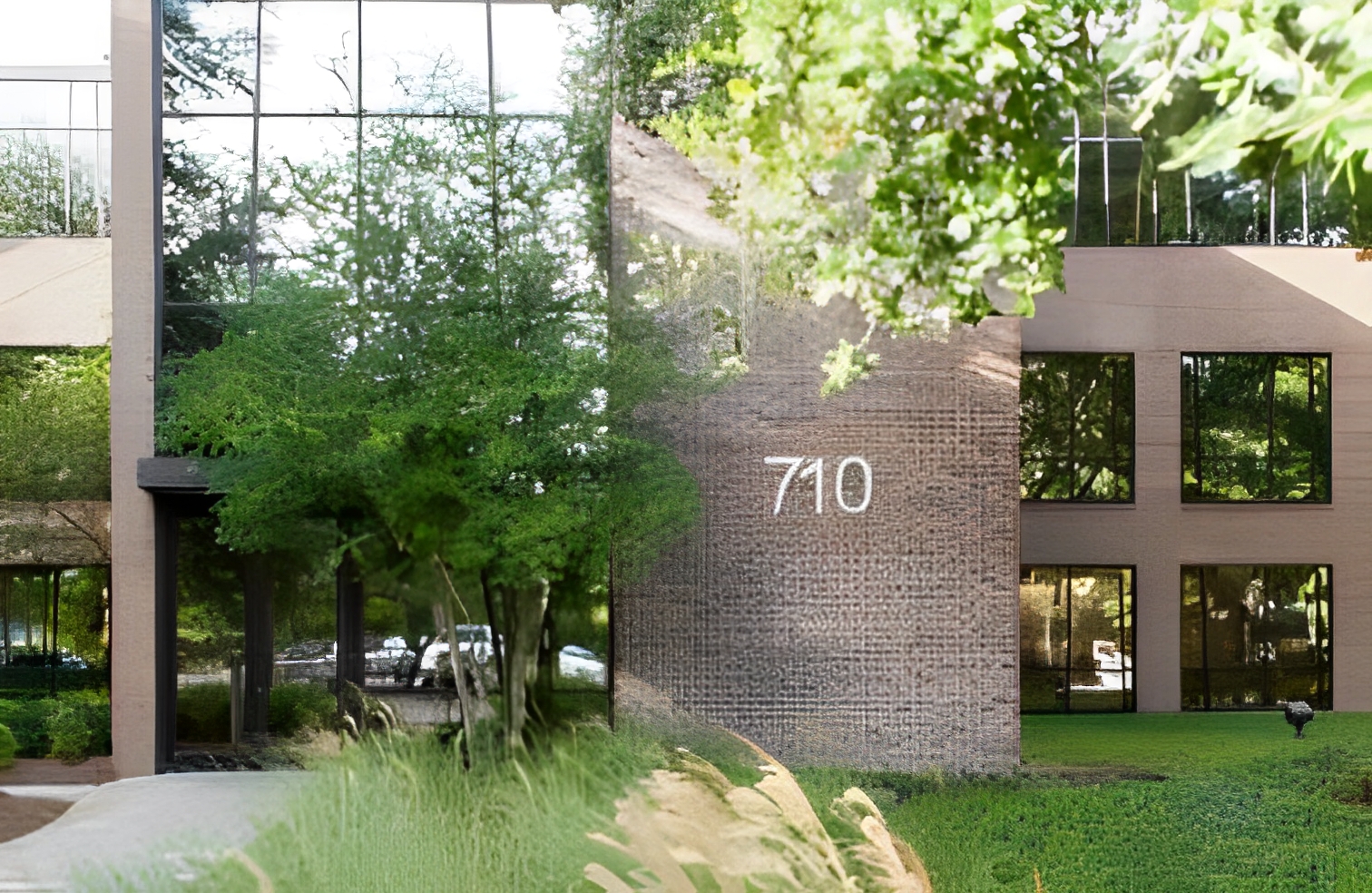Since the approval of Restylane by the FDA in 2005 with Juvéderm following in 2006, dermal fillers have been a popular feature of the aesthetic world. In fact, after Botox, those two dermal fillers are the most popular cosmetic injectables around the globe.
But now you could call those “first generation fillers.” A few years ago a new series of fillers was approved by the FDA for use in the United States — Resilient Hyaluronic Acid dermal fillers, RHA fillers for short. These fillers had been available in Europe since 2012 but received FDA approval for the U.S. market in late 2017.
Resilient hyaluronic acid is the latest advance in dermal filler science. They take all the great aspects of hyaluronic acid — a naturally occurring substance in the human body; binds with nearby water molecules when injected; hydrates, plumps, and firms the skin — and they improve upon them. These fillers are designed for the dynamics of our facial movements, so the volume they provide looks more natural and adapts to movement without breaking down as quickly.
There are currently three available RHA dermal fillers, RHA 2, RHA 3, and RHA 4. These fillers all received FDA approval in late 2017. Since then, Dr. Cone, our AesthetiSpa Medical Director, has been researching these fillers and has recently added them for our patients from across the Coastal Carolina area.

Each RHA filler is meant to target specific areas. Here’s where we’ve been using them for our AesthetiSpa patients:
- Redensity is injected very superficially to treat lines around the mouth.
- RHA 2 works best on fine lines, lips, and smile lines.
- RHA 3 can be used for nasolabial folds and the commissures, the corners of the mouth.
- RHA 4 is most appropriate for deeper nasolabial folds and for deeper lines in the lower face and jawline. RHA 4 can also be used off-label in the midface to add volume to sunken cheeks.
Good candidates for RHA fillers at AesthetiSpa would also be candidates for our other fillers, such as Juvéderm. Like those first-generation dermal fillers, RHA fillers are meant to address the static wrinkles found on the mid to lower faces, such as nasolabial folds, lip augmentation, parentheses lines, and marionette lines.
Because RHA fillers are made from hyaluronic acid, which occurs naturally in the human body, reactions are very rare. Just about anyone bothered by telltale lines and creases on the mid to lower face is a great candidate for this latest generation of dermal fillers in RHA 2, RHA 3, and RHA 4.
You could refer to the Juvéderm and Restylane lines as “first generation” dermal fillers. These fillers are made from hyaluronic acid, a naturally occurring substance in the human body (and most other mammals) that is responsible for hydrating, plumping, and firming the skin. Hyaluronic acid does this by binding with nearby water molecules.
These fillers have provided and continue to provide great results for our AesthetiSpa patients. But for some situations and some individual patients, they don’t respond as well when the patient’s face moves with expressions and the like. That’s because hyaluronic acid breaks down rapidly and is metabolized in about 48 hours. To prevent this from happening, with first-generation dermal fillers the hyaluronic acid is crosslinked with suspended chemical proteins. These proteins make the HA in first-generation dermal fillers not as malleable with facial movements.
That’s where this second generation of hyaluronic acid dermal fillers is different. These new RHA fillers have fewer chemical modifications and less crosslinking in longer chains of HA. This makes resilient hyaluronic acid fillers closer to the natural hyaluronic acid that is found throughout the human body in their flexibility in usage, natural-looking results, and longevity of results. Basically, RHA fillers are closer to natural hyaluronic acid, so they are undetectable regardless of facial movements. That’s the improvement RHA fillers makeover the first-generation HA fillers.
Because they don’t break down as quickly, these new RHA dermal fillers may extend the results you can expect when compared with first-generation hyaluronic acid fillers. RHA fillers provide natural-looking results for up to 15 months, depending on the area treated & how quickly your body metabolizes the product.

There can be some slight swelling and redness at the injection sites. As with any hyaluronic acid filler, if a lump forms or if you don’t like the way the filler looks, we can inject an enzyme, hyaluronidase, that instantly neutralizes the hyaluronic acid and dissolves the filler.
Introducing RHA® Redensity!
The RHA Collection has expanded to include a new crosslinked hyaluronic acid filler made specifically for moderate to severe perioral wrinkles. These are lines that appear around the mouth as a result of a loss in elasticity and tissue firmness. The mouth area is one of significant movement, as well, which can cause lines to become more pronounced over time. Tissue firmness and elasticity are sustained by collagen and elastin, as well as hyaluronic acid. As you age, your body makes less of these substances, allowing wrinkles to develop.
What Can RHA® Redensity Treat?
Perioral wrinkles is a broad term for wrinkles around the mouth. Specifically, these may include:
- Smoker’s lines and other fine vertical lines around the lip borders
- Marionette lines at the corners of the mouth that give a downturned appearance
The gentle formula of RHA Redensity allows for the most natural-looking correction of lip lines without compromising long-lasting results.
How Does RHA® Redensity Work?
This new RHA Collection filler is formulated for application into the uppermost layers of the skin as well as deeper dermal layers of tissue around the mouth. Manufactured with a patented HA formula and minimal chemical modifications, RHA Redensity is a pure, clean product with a high stretch rating, meaning it works without diminishing the natural movement of the mouth area.
How Long Do The Results Of RHA® Redensity Last?
Tested in multiple clinical trials, RHA Redensity achieved results that last up to 15 months. The special cross-linking of hyaluronic acid chains helps slow down the metabolism of the HA particles, maintaining optimal effects for as long as possible.
Can I Combine RHA® Fillers With Other Treatments?
All of the RHA Collection fillers are made using the highest standards of safety and efficacy. Hyaluronic acid is a natural product of your body. It can work well with other treatments and injectables, including neuromodulators like Botox, Dysport, and Xeomin. Those products are also used for dynamic wrinkles but are typically applied to upper areas of the face, such as the forehead, for the treatment of frown lines and worry lines.
During your consultation, we’ll discuss your full range of cosmetic concerns and goals and offer suggestions for various approaches we can take to achieve the most rewarding outcome.
Why Would I Choose RHA® Collection Fillers?
Our patients choose RHA Collection fillers for a number of different reasons. You may select one or more of these products because:
- You prefer the least modified product
- You have a desire to correct dynamic wrinkles that may detract from your youthful smile
- You prefer a subtle softening of lines without limiting muscle movement
Does It Hurt To Receive RHA Filler Injections?
Receiving RHA filler injections isn’t much different than receiving other injectable treatments. Your provider may apply a topical numbing cream beforehand to help improve comfort. However, these fillers do contain a mild anesthetic that desensitizes the treatment area starting with the very first injection. You may experience minor discomfort during your treatment. The mouth area can be more sensitive than others or may be more sensitive due to your personal pain tolerance. That said, most people tolerate facial injections without much discomfort at all.
Schedule a Consultation Today
Interested in learning more about RHA Dermal Fillers? Call 843-849-9925 to schedule a consultation and learn more! Our practice serves Mount Pleasant, Charleston, and more in South Carolina.







